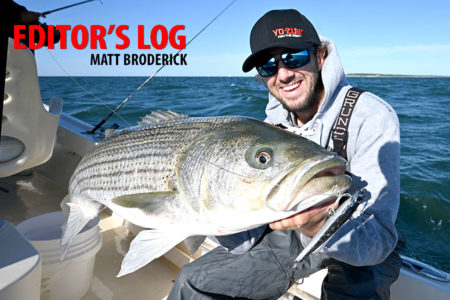New rules regulating shark fishing along New York’s shores have drawn a mix of support and concern from the angling community and conservationists. The new rules, which became law on April 17th, are aimed at improving survival and handling concerning shark species overall and those under particular conservation measures.
The new laws focus on the conservation of those species of sharks that are protected, like sandbar, dusky, and sand tiger sharks. These species, because of their slow-growth patterns, late maturation, and low reproductive rates, fall under very high risk. Shark populations have suffered some serious setbacks thanks to overfishing and, because of their slow growth and inconsistent reproduction, they are slow to recover. And since they play such an important role in the marine ecosystem, the New York State Department of Environmental Conservation (DEC) took a series of measures to reduce accidental captures and improve survival rates of released sharks. This would require non-stainless steel, non-offset circle hooks when using live or dead bait, limiting metal fishing leaders, and the requirement that sharks not be removed from the water if they are going to be released.
While such regulations do have obvious environmental benefits, this has been a matter for discussion—particularly in relation to gear restrictions on hook sizes, leader lengths, and restrictions on chumming near the shore. Such restrictions worry some anglers, who believe that it is likely to infringe more on the activity of recreational fishing than it will have any real impact on conserving sharks. On the other side, conservationists and, indeed, many biologists are hailing the moves, terming them as a necessity for sustainable management that would guarantee long-term health for populations of sharks and, in extension, our marine ecosystem.
The DEC will also develop an outreach and education effort that will help anglers understand and comply with the new regulations. This will imclude clear signage in locations where fishing is common, along with other educative materials, in order for them to be able to identify the species and learn the new rules that apply. The idea is not only to enforce these regulations but to ensure a conservation-minded angling community that contributes to the protection of marine life.
In conclusion, if the new regulations aim to strike a balance between recreational fishing and conservation, they certainly demonstrate a growing awareness of the need to preserve marine biodiversity as an indispensable component in the maintenance of oceanic ecosystems. And success toward such measures will most likely be achieved by constant conversations between regulators, anglers, and environmental groups that ensure the rules will evolve and adapt in accordance with the changing circumstances to serve the common ultimate goal: its conservation and support for recreational fishing.



